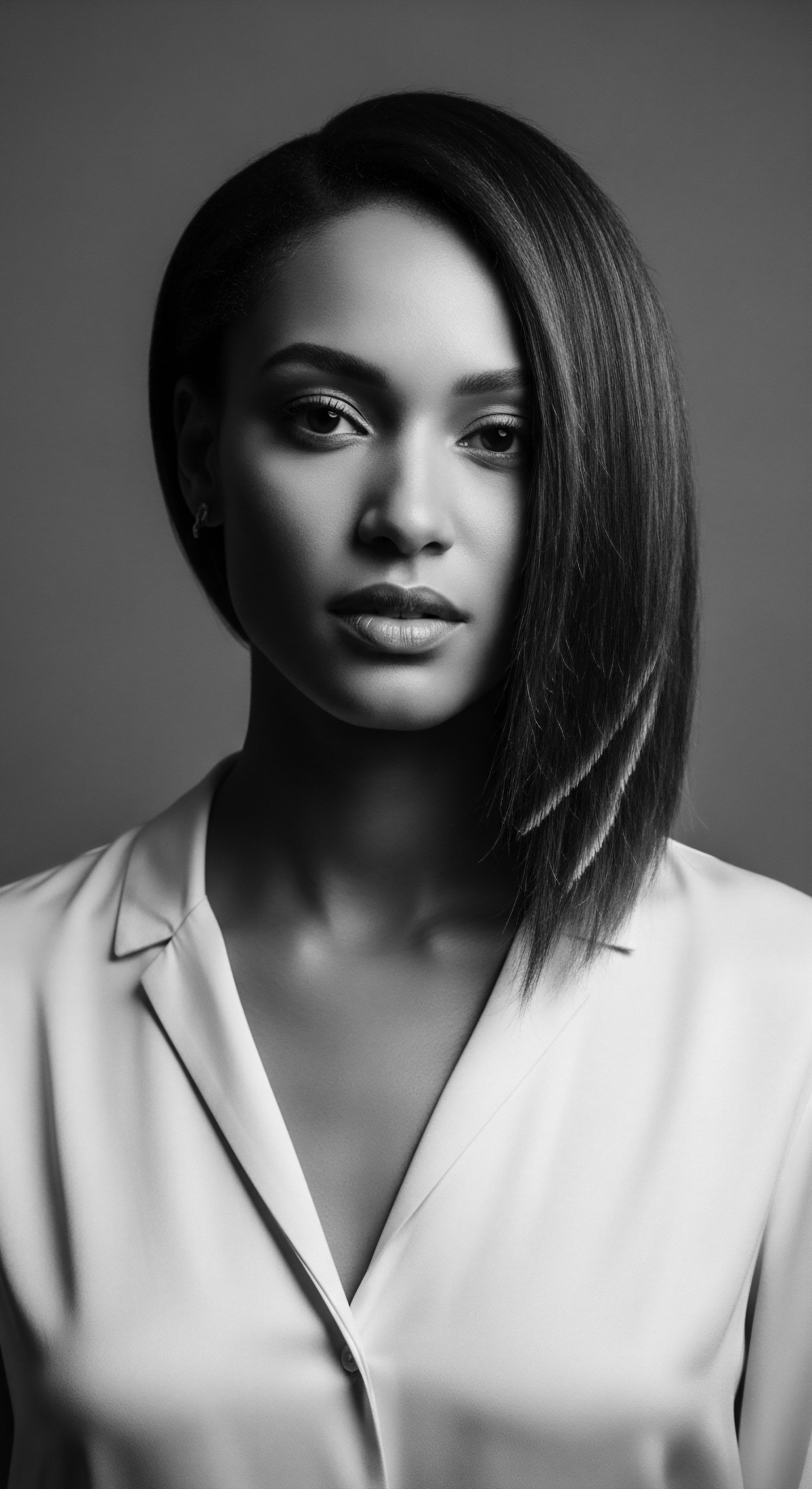
Fundamentals
The concept of Eurocentric Beauty Standards, at its simplest interpretation, describes a set of aesthetic ideals that originate from and are largely reflective of European physical characteristics. These ideals often champion traits such as fair skin, slender noses, thin lips, and, crucially for our exploration, straight or loosely waved hair textures. This foundational understanding reveals a pervasive framework that has, for centuries, shaped perceptions of attractiveness across the globe, often subtly dictating what is deemed beautiful or desirable. Its meaning extends beyond mere preference, reaching into the very fabric of societal acceptance and individual self-perception.
Within the vast tapestry of human appearance, hair stands as a profound marker of identity, heritage, and expression. For individuals with textured hair, particularly those within Black and mixed-race communities, the pervasive reach of Eurocentric Beauty Standards has historically presented a significant challenge. This system of evaluation frequently positions naturally coily, kinky, or tightly curled hair as less professional, less polished, or simply less beautiful than its straighter counterparts. The very designation of certain hair types as ‘good’ or ‘bad’ often stems directly from this narrow aesthetic lens, disregarding the biological diversity and cultural richness inherent in various hair textures.
Eurocentric Beauty Standards define attractiveness through European physical traits, notably impacting perceptions of textured hair by valuing straightness over natural coils and curls.
Understanding this fundamental definition is the initial step toward recognizing its historical influence and contemporary implications. It is not merely an abstract idea but a lived reality, affecting daily choices about hair care, styling, and even career trajectories. The delineation of beauty according to this standard has historically led to pressures to conform, often requiring chemical alterations or heat styling that can compromise the natural health and integrity of textured hair. This historical pressure speaks to a deep-seated cultural imposition, where indigenous and ancestral hair practices were often sidelined or deemed undesirable in favor of an imported aesthetic.
For many, the journey of self-acceptance and appreciation for their natural hair begins with this fundamental recognition of the standards that have long overshadowed their intrinsic beauty. It is about acknowledging the systemic nature of these ideals and how they have been perpetuated through media, education, and social norms, often without explicit declaration. The inherent value of diverse hair textures, each with its unique biology and ancestral story, becomes clear once the narrow confines of Eurocentric Beauty Standards are properly identified and understood.
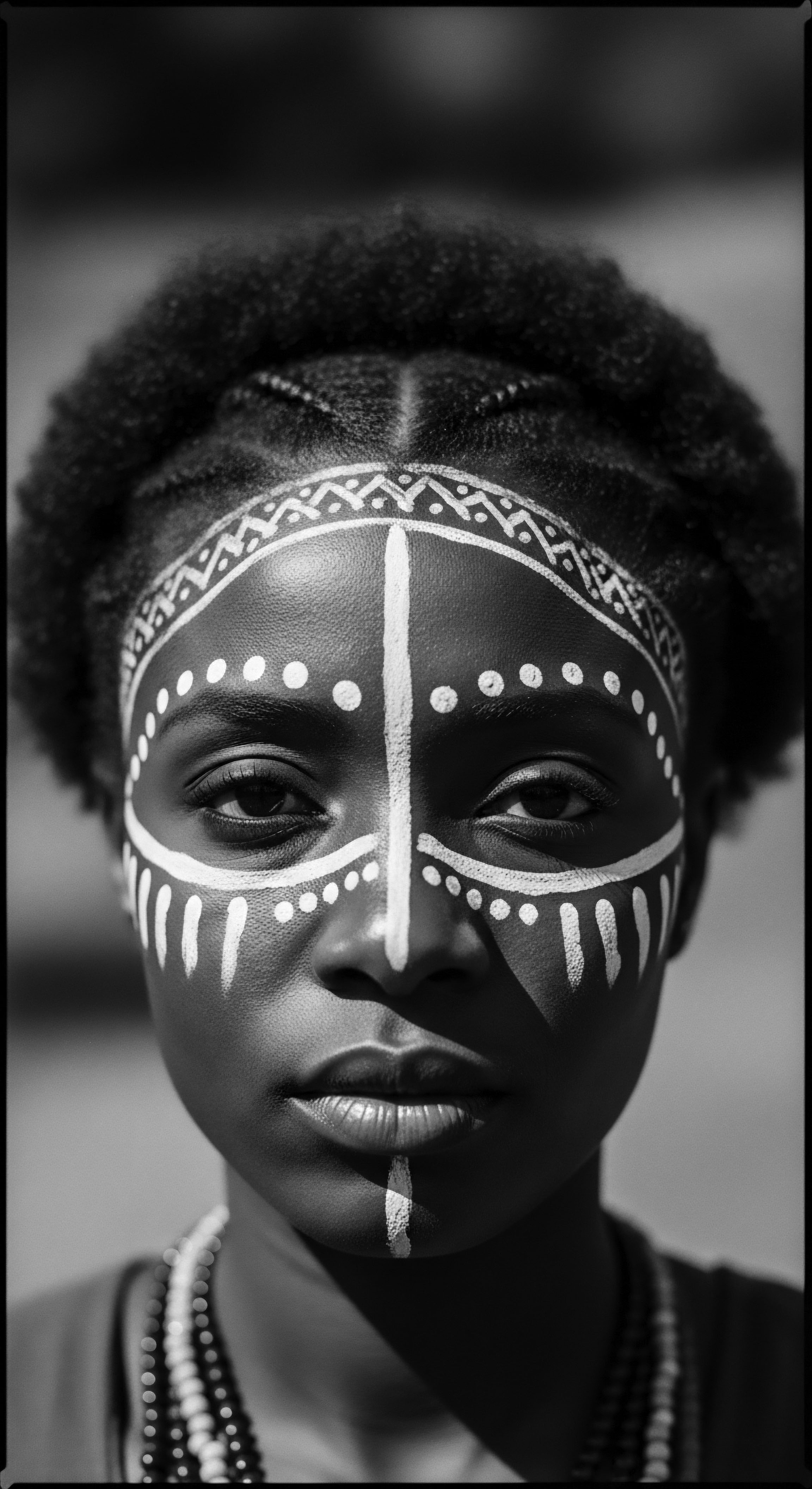
Early Manifestations and Their Impact
The historical trajectory of Eurocentric Beauty Standards is deeply intertwined with colonialism and the transatlantic slave trade. As European powers expanded their influence, so too did their aesthetic preferences. In many colonized lands, indigenous beauty practices and diverse hair traditions were actively suppressed or devalued, replaced by ideals that mirrored the colonizers.
This suppression was not merely aesthetic; it was a deliberate strategy to dismantle cultural identity and impose a new social order. The significance of this shift reverberates through generations, influencing how hair is perceived and treated within communities whose ancestral practices were once vibrant and celebrated.
For individuals of African descent, the impact was particularly devastating. Hair, which in many African societies was a profound symbol of status, spirituality, and lineage, became a target of denigration. The tightly coiled textures, once revered, were reclassified as ‘unruly’ or ‘primitive’ under the Eurocentric gaze. This reinterpretation served to justify subjugation and perpetuate a hierarchy where proximity to European features, including hair texture, dictated one’s perceived worth.
- Hair as a Social Marker ❉ In numerous African cultures, hair intricately communicated age, marital status, tribal affiliation, and social standing.
- Colonial Devaluation ❉ European colonizers systematically dismissed these complex meanings, viewing textured hair through a lens of ‘otherness’ and inferiority.
- Forced Conformity ❉ The imposition of European grooming standards, often through legislative means or social pressure, compelled many to alter their natural hair.
The foundational understanding of Eurocentric Beauty Standards thus necessitates a look at its historical roots, acknowledging how deeply embedded these ideals became in the collective consciousness, particularly within communities that bore the brunt of colonial imposition. This initial exploration sets the stage for a deeper investigation into the complexities of this phenomenon and its enduring legacy on textured hair heritage.
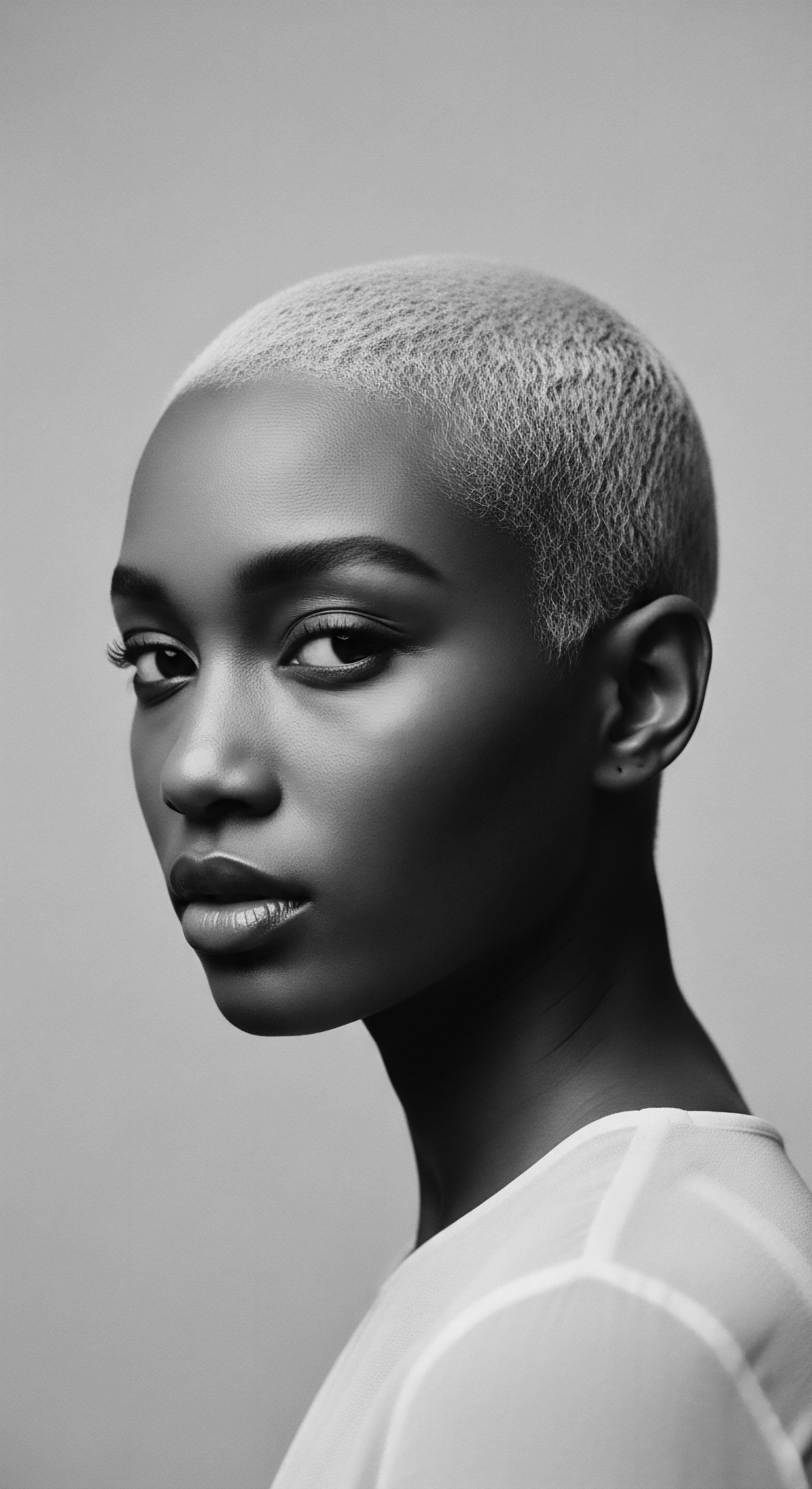
Intermediate
Moving beyond a fundamental grasp, the intermediate understanding of Eurocentric Beauty Standards reveals a more intricate web of historical, social, and psychological dimensions. This conceptual framework is not static; its interpretation and significance have evolved, yet its core tenets—favoring lighter skin, straighter hair, and specific facial features—have persisted, continually shaping societal perceptions of beauty and influencing the lives of individuals with textured hair. The meaning here expands to encompass the insidious ways these standards are internalized and perpetuated, even without overt enforcement.
One crucial aspect of this intermediate understanding is recognizing the systemic nature of these standards. They are not merely individual preferences but are embedded within institutions, media representations, and economic structures. Advertising, for instance, has historically and often continues to privilege models who conform to Eurocentric ideals, creating a visual landscape where textured hair is underrepresented or, when shown, often presented in a straightened or altered state. This pervasive visual bias contributes to a collective understanding of what is considered beautiful, often subtly reinforcing the notion that natural textured hair is less desirable.
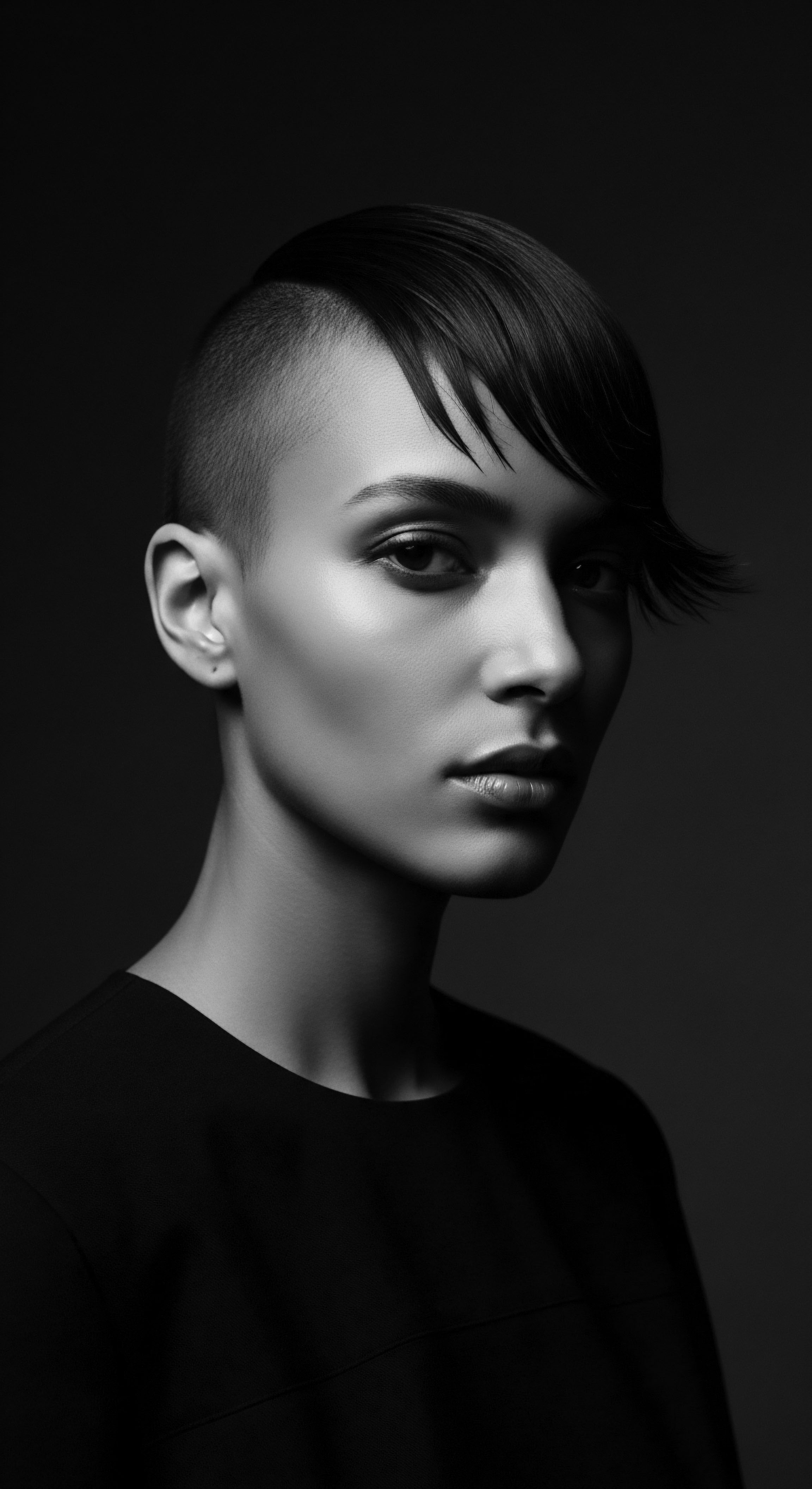
The Economic and Social Dimensions
The economic ramifications of Eurocentric Beauty Standards are profound, particularly within the hair care industry. For decades, products designed to straighten, relax, or chemically alter textured hair dominated the market, reflecting a demand driven by the desire to conform. This created a lucrative industry built on the premise of altering natural hair, often at the expense of its health. Conversely, the market for products that celebrate and support natural textured hair has only recently seen significant growth, a testament to the ongoing shift in cultural perceptions and a reclamation of ancestral hair traditions.
Socially, these standards have influenced perceptions of professionalism and respectability. In many professional settings, natural textured hair, especially in its coily or kinky forms, has been deemed ‘unprofessional’ or ‘distracting.’ This often forced individuals to choose between their natural hair identity and career advancement, creating a pervasive dilemma that speaks to the deep-seated biases inherent in these beauty norms. The social import of these standards is immense, dictating not just aesthetic preferences but also opportunities and acceptance.
Eurocentric Beauty Standards are systemically embedded, influencing media representation, economic markets for hair products, and societal perceptions of professionalism for textured hair.
The journey to decolonize beauty standards for textured hair involves a conscious unlearning of these ingrained biases. It requires a critical examination of the images we consume, the language we use to describe hair, and the historical context that shaped these perceptions. The re-emergence of natural hair movements is a powerful counter-narrative, asserting the inherent beauty and versatility of textured hair and challenging the long-standing dominance of Eurocentric ideals. This movement represents a profound reclamation of identity and ancestral practices.
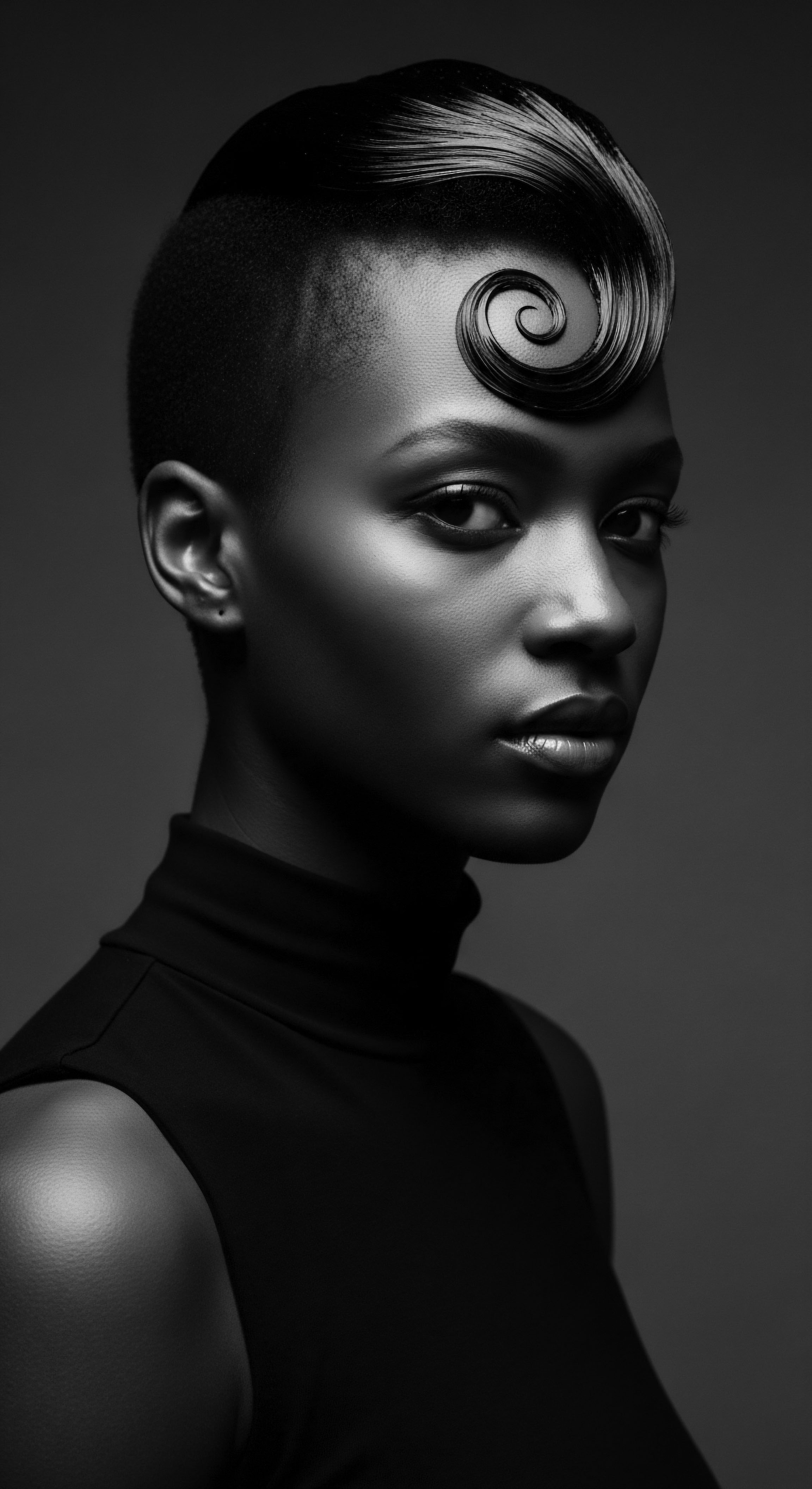
Cultural Resilience and Adaptation
Despite the pervasive influence of Eurocentric Beauty Standards, communities with textured hair have consistently demonstrated remarkable resilience and creativity. Ancestral practices of hair care, styling, and adornment have been preserved, adapted, and innovated upon, often serving as quiet acts of resistance against imposed norms. From intricate braiding patterns passed down through generations to the ingenious use of natural ingredients, these traditions speak to a profound connection to heritage and an enduring spirit of self-determination.
The historical context reveals instances where communities, even under immense pressure, maintained elements of their hair heritage. For example, during periods of enslavement, hair braiding was sometimes used to create maps to freedom or to conceal rice grains for sustenance, transforming hair into a symbol of defiance and survival. These acts, often overlooked in mainstream historical accounts, underscore the deep cultural significance and resilience of textured hair traditions in the face of oppressive beauty standards.
| Aspect Core Philosophy |
| Ancestral/Traditional Approaches Nourishment, protection, communal bonding, identity marker. |
| Eurocentric Influenced Approaches (Historical) Alteration, straightening, conformity to linear ideals. |
| Aspect Primary Ingredients |
| Ancestral/Traditional Approaches Natural oils (e.g. shea, coconut), plant extracts, clays. |
| Eurocentric Influenced Approaches (Historical) Harsh chemicals (e.g. lye-based relaxers), heat styling. |
| Aspect Styling Focus |
| Ancestral/Traditional Approaches Braids, twists, locs, protective styles, adornments. |
| Eurocentric Influenced Approaches (Historical) Straight hair, waves, curls achieved through chemical or heat processes. |
| Aspect Community Role |
| Ancestral/Traditional Approaches Shared rituals, intergenerational teaching, social connection. |
| Eurocentric Influenced Approaches (Historical) Individual pursuit of conformity, often isolating. |
| Aspect The enduring spirit of ancestral wisdom offers a profound counterpoint to historically imposed Eurocentric ideals, guiding a return to holistic hair care rooted in heritage. |
This intermediate examination of Eurocentric Beauty Standards thus compels a deeper appreciation for the adaptive capacity and enduring spirit of textured hair communities. It highlights not just the challenges faced but also the profound strength found in preserving and celebrating a heritage that transcends imposed definitions of beauty.
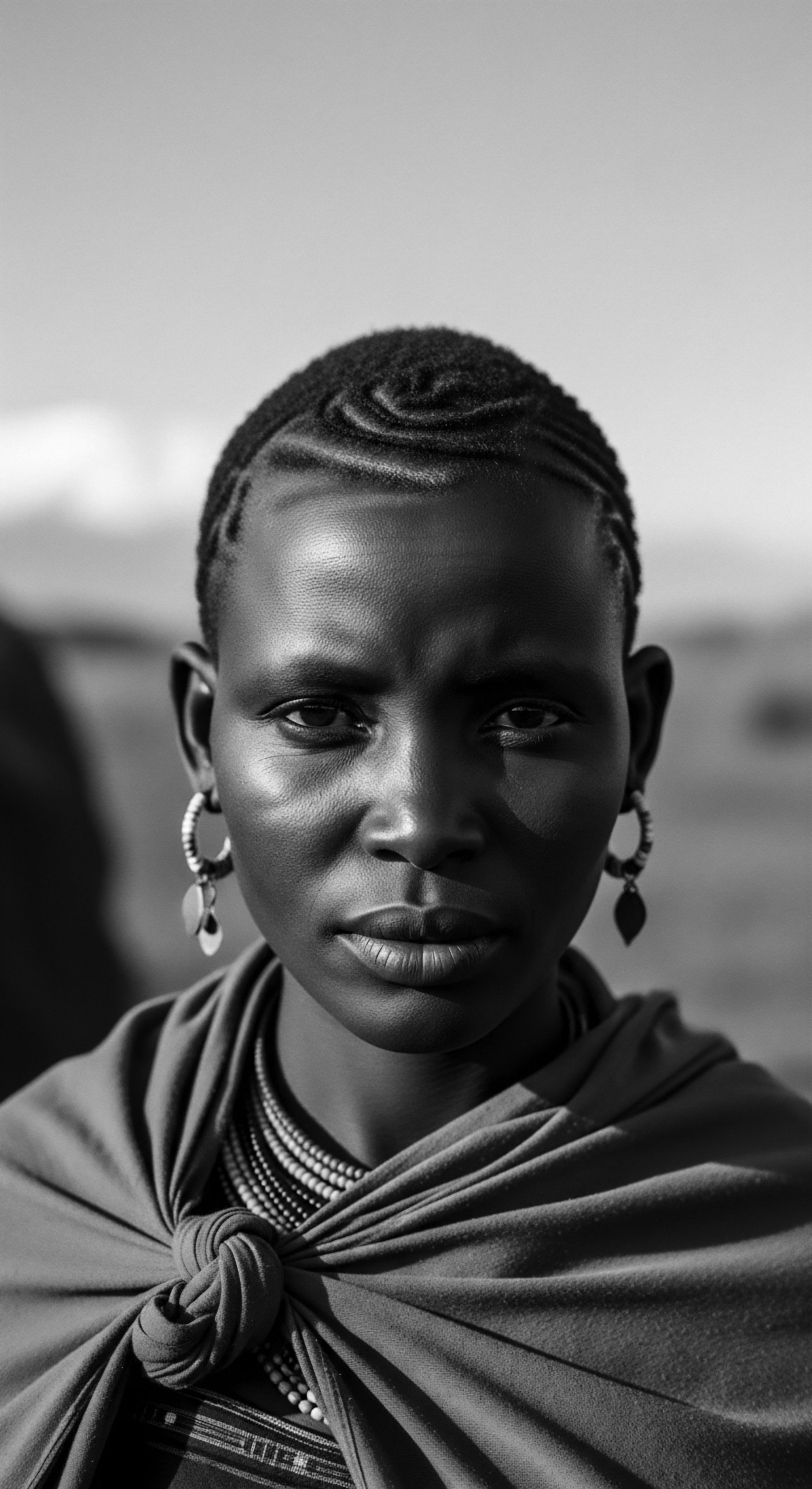
Academic
The academic delineation of Eurocentric Beauty Standards extends beyond superficial observation, engaging with its profound theoretical underpinnings, socio-historical construction, and enduring psycho-social ramifications, particularly as they intersect with textured hair heritage. This is not merely an aesthetic preference but a deeply ingrained cultural apparatus, a system of evaluation that designates specific phenotypic traits, predominantly those associated with European ancestry, as the aesthetic apex. Its meaning, from an academic vantage point, is a complex interplay of power, colonialism, and identity, continually reinforced through cultural institutions and media. The definition here specifies a normative framework that, through historical imposition and contemporary perpetuation, systematically marginalizes non-European features, thereby influencing self-perception, social mobility, and cultural expression within diasporic communities.
From an academic perspective, Eurocentric Beauty Standards function as a mechanism of social control, a legacy of colonial enterprises that sought to establish hierarchies of human value. This systemic preference is not arbitrary; it was instrumental in solidifying racial stratifications, where proximity to whiteness, both phenotypically and culturally, conferred privilege. The pervasive nature of this standard means its influence extends beyond mere appearance, shaping economic opportunities, psychological well-being, and the very articulation of identity for those whose natural features deviate from this prescribed norm. The long-term consequences of such a pervasive system are observable in mental health outcomes, economic disparities, and the ongoing struggle for hair freedom and acceptance.
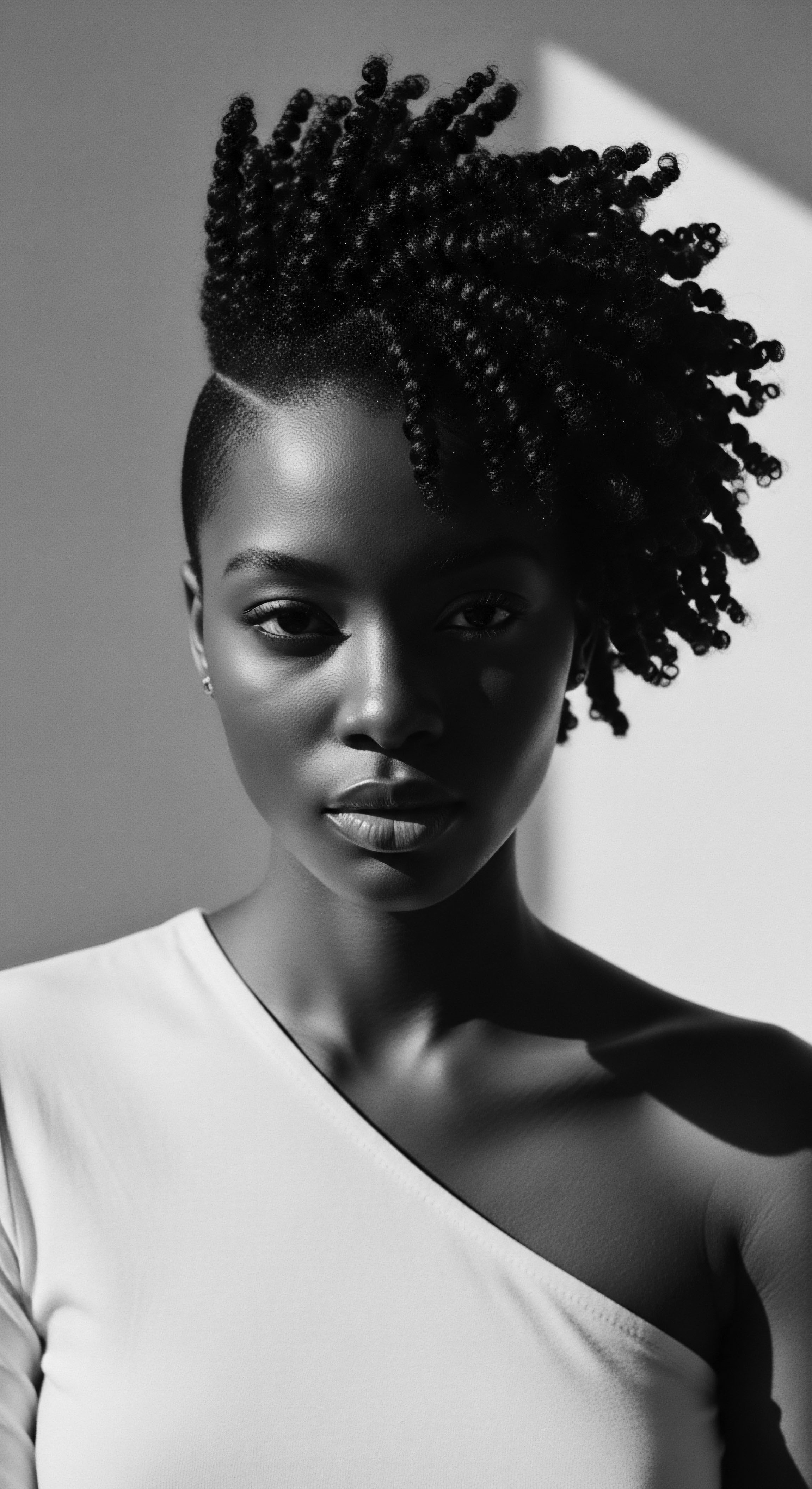
The Epistemology of Hair and the Eurocentric Gaze
To comprehend the full scope of Eurocentric Beauty Standards, one must analyze its epistemological impact on how hair is understood and valued. For centuries, Western scientific and cultural discourse often categorized hair textures in a hierarchical manner, with straight hair at the top and increasingly coiled textures at the bottom. This classification was not neutral; it was laden with implicit biases that equated straightness with order, civilization, and beauty, while coily textures were associated with wildness, disorder, and inferiority. This reductionist view disregarded the complex biological diversity of hair and the rich cultural significance woven into textured hair traditions across African and Indigenous communities.
This academic inquiry reveals how the very language used to describe textured hair—terms like ‘unmanageable,’ ‘kinky,’ or ‘nappy’—became infused with negative connotations, a direct consequence of this Eurocentric gaze. These descriptors, far from being objective, served to pathologize natural hair, compelling individuals to seek chemical or mechanical means to alter their appearance to conform. The designation of ‘good hair’ versus ‘bad hair’ is a direct outgrowth of this epistemological framework, deeply rooted in racialized beauty hierarchies that persist in subtle and overt ways.
Academically, Eurocentric Beauty Standards represent a systemic framework of power, colonialism, and identity, influencing perceptions of beauty and marginalizing non-European features, profoundly impacting textured hair.
Consider the profound historical example of the Tignon Laws enacted in Spanish colonial Louisiana in 1786. These laws mandated that free women of color wear a tignon (a headwrap) to cover their hair, which was often elaborately styled and adorned. This legislative act was a direct response to the perceived threat that the beauty and intricate hairstyles of these women posed to the social order, particularly to white women. The intent was clear ❉ to suppress their visible markers of identity, status, and beauty, forcing them into a perceived lower social stratum.
This specific historical instance powerfully illuminates how Eurocentric Beauty Standards were not merely aesthetic preferences but tools of social control, designed to diminish the visual expression of Black and mixed-race hair heritage and enforce a racial hierarchy. This was a deliberate attempt to remove the cultural capital and allure associated with Black women’s hair, forcing conformity to a subjugated status by literally covering their crowning glory (Long, 2017).
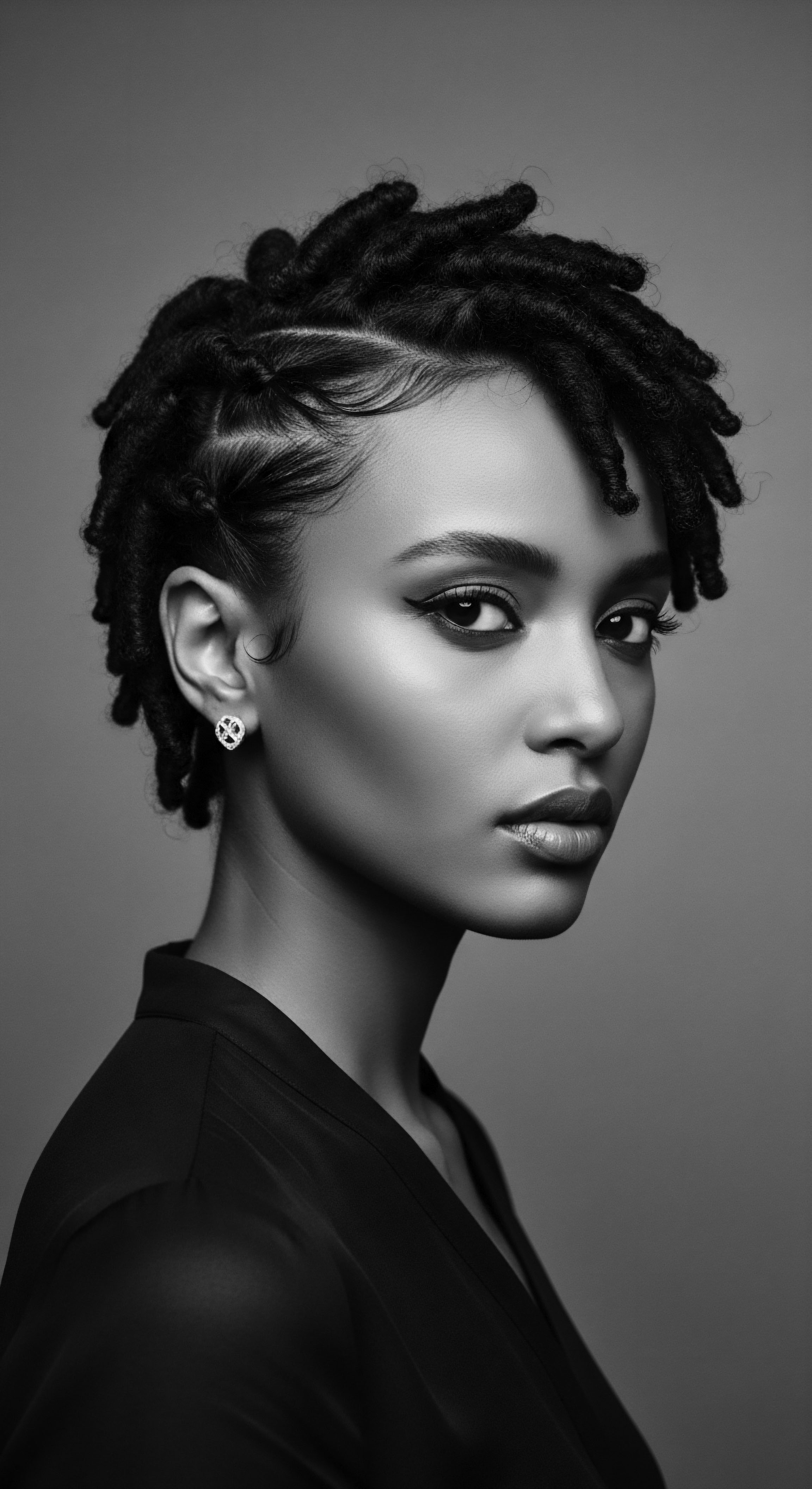
Psychological and Social Ramifications
The psychological toll of internalizing Eurocentric Beauty Standards is significant. Research consistently demonstrates that individuals, particularly Black women, who feel pressured to conform to these ideals experience higher rates of body dissatisfaction, lower self-esteem, and increased anxiety related to their appearance. The constant negotiation between natural identity and societal expectation creates a unique psychological burden. The implication here is a persistent struggle for self-acceptance in a world that often sends contradictory messages about inherent worth versus conformity.
A contemporary study by Dove and the CROWN Coalition in 2019 found that Black women are 80% more likely to change their natural hair to meet workplace expectations than white women. This statistic provides compelling empirical evidence of the ongoing societal pressure rooted in Eurocentric Beauty Standards. It reveals that the historical subjugation of textured hair has tangible, measurable impacts on contemporary professional lives, underscoring the long-term consequences of these ingrained beauty norms. The study highlights a direct link between perceived professional suitability and adherence to Eurocentric hair ideals, forcing many to alter their natural hair, often leading to damage and a disconnection from their heritage.
Sociologically, the perpetuation of these standards reinforces colorism and texturism within communities of color, creating internal hierarchies where lighter skin and straighter hair are often favored. This phenomenon, a direct legacy of colonial influence, complicates intra-community dynamics and perpetuates cycles of self-rejection. The delineation of beauty within these parameters becomes a barrier to collective liberation and a full celebration of diverse Black and mixed-race identities. The essence of this problem lies in its capacity to fragment communities and individuals, turning internal validation into an external pursuit of an unattainable ideal.
The academic understanding of Eurocentric Beauty Standards also examines the role of resistance and reclamation movements. The natural hair movement, for instance, is not merely a trend; it is a profound socio-political statement, a deliberate act of rejecting imposed beauty norms and embracing ancestral aesthetics. This movement signifies a shift from seeking external validation to cultivating internal affirmation, drawing strength from a rich heritage of hair traditions. It is a powerful example of how communities actively work to redefine beauty on their own terms, often through a revival of traditional care practices and styling methods.
The interconnected incidences across fields reveal a pervasive influence. In media, the underrepresentation of diverse hair textures continues to be a challenge, impacting the self-image of younger generations. In education, dress codes that implicitly or explicitly ban natural hairstyles perpetuate discrimination.
In healthcare, the unique needs of textured hair are often overlooked, leading to inadequate care or product recommendations. These interlinked issues collectively demonstrate the systemic nature of Eurocentric Beauty Standards and their profound impact on human lives.
- Psychological Burden ❉ The constant pressure to conform can lead to significant psychological distress, including anxiety and body image issues.
- Economic Disadvantage ❉ Discrimination based on hair can limit professional opportunities, impacting economic mobility and reinforcing disparities.
- Cultural Erasure ❉ The devaluation of natural hair can lead to a disconnection from ancestral practices and a loss of cultural identity.
- Internalized Bias ❉ The perpetuation of colorism and texturism within communities, a direct consequence of Eurocentric ideals.
The ongoing struggle against Eurocentric Beauty Standards is a testament to the resilience of textured hair heritage. It is a call to recognize the intrinsic beauty in every strand, every coil, and every curl, affirming a deeper meaning of beauty rooted in authenticity and ancestral wisdom. This expert-level analysis compels a shift from a prescriptive view of beauty to a celebratory understanding of human diversity, allowing for a more inclusive and equitable future where all hair textures are revered. The essence of this shift is the recognition that beauty is not a singular, imposed ideal, but a multifaceted expression of heritage and self.
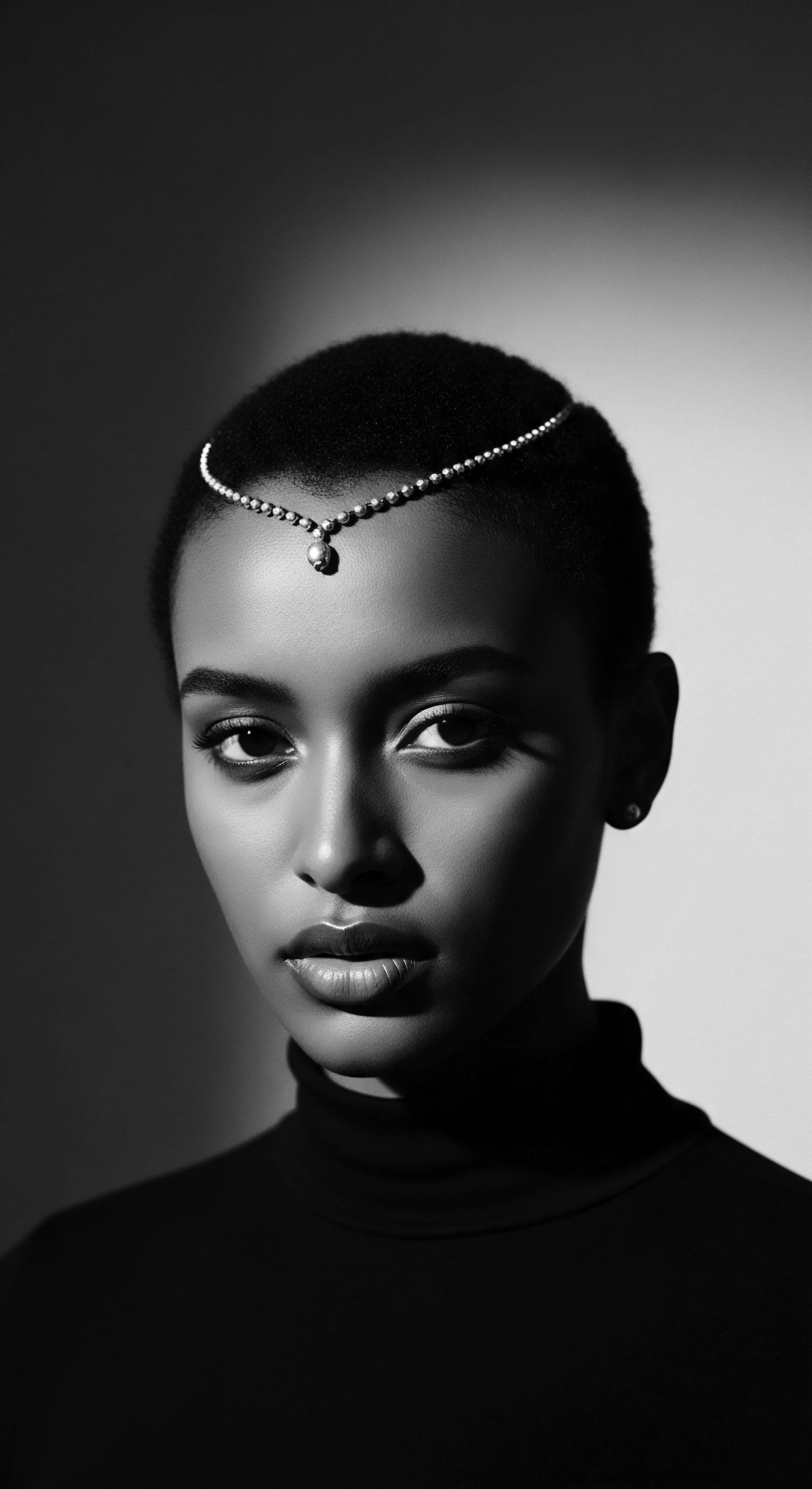
Reflection on the Heritage of Eurocentric Beauty Standards
The journey through the intricate layers of Eurocentric Beauty Standards reveals a narrative not just of imposition, but of enduring resilience and the unwavering spirit of textured hair heritage. As we contemplate the echoes from the source, from ancient practices that honored hair as a conduit of spirit and lineage, we see how the tender thread of care and community persisted even through periods of profound cultural upheaval. The ancestral wisdom embedded in the meticulous braiding, the nourishing oils, and the communal rituals of hair styling represents a profound counter-narrative to the singular ideal that sought to dominate.
The historical pressure to conform, to straighten, to hide the magnificent helix of natural coils, speaks to a deeply human yearning for acceptance. Yet, within this crucible of societal expectation, the soul of a strand refused to be broken. It whispered tales of resistance, of hidden meanings woven into cornrows, of strength found in shared grooming moments. This reflection acknowledges the pain and psychological burden imposed by these standards, but it also celebrates the indomitable spirit that consistently found ways to reclaim, redefine, and rejoice in the inherent beauty of textured hair.
The unfolding present witnesses a powerful reclamation, a collective assertion of identity where natural hair is not just accepted but celebrated as a crown of heritage. This movement, driven by ancestral wisdom and a profound desire for authenticity, signifies a deeper understanding of beauty—one that flows from within, connected to the roots of one’s being and the legacy of generations past. The unbound helix, once constrained, now spirals freely, a vibrant testament to the enduring power of cultural memory and the unwavering pursuit of self-love. The significance of this current moment lies in its capacity to rewrite narratives, to heal historical wounds, and to pave the way for a future where every strand tells a story of pride and belonging.
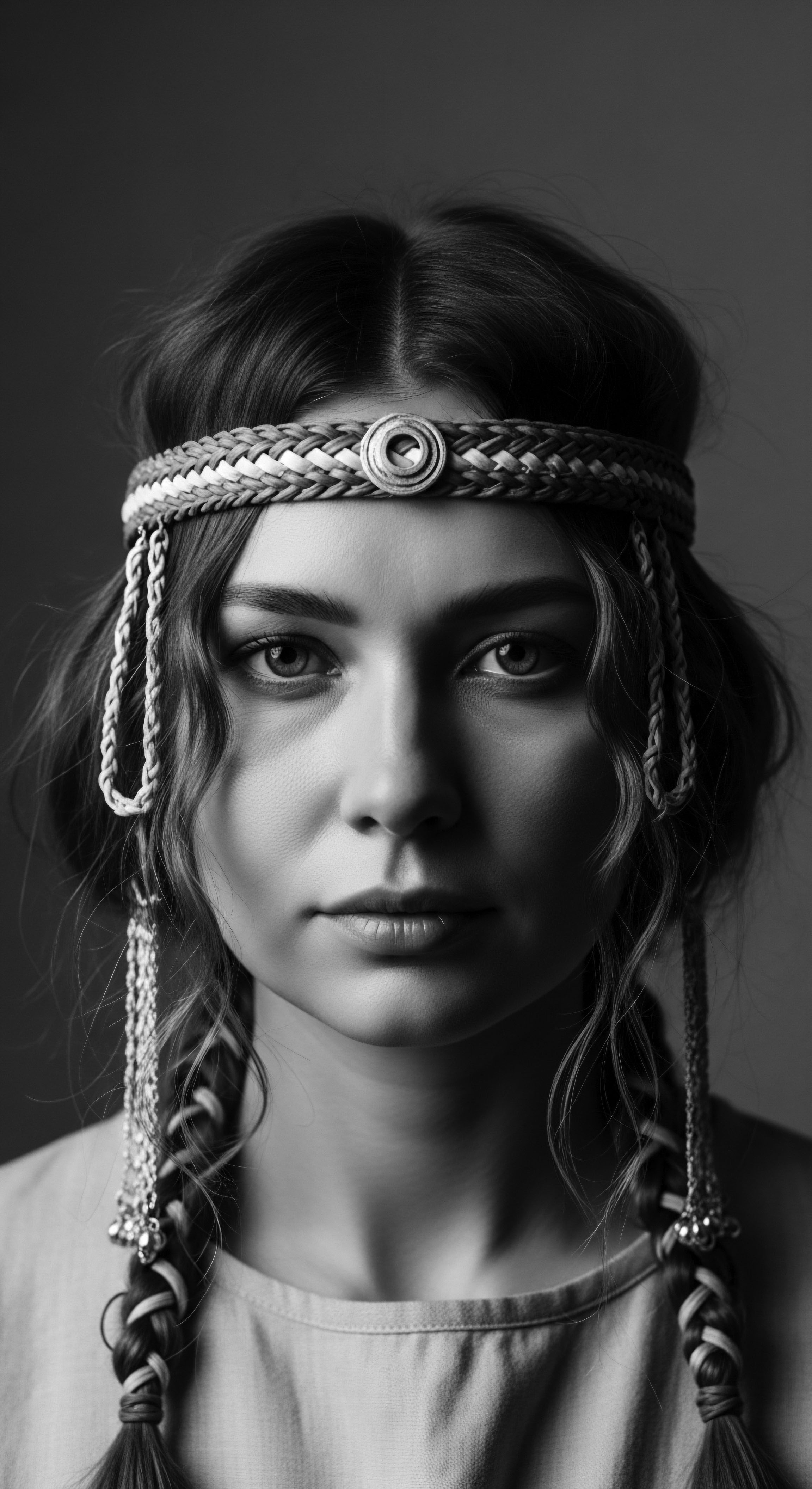
References
- 1. Dove and The CROWN Coalition. (2019). The CROWN Act ❉ A Movement to End Hair Discrimination .
- 2. Byrd, A. M. & Tharps, L. D. (2014). Hair Story ❉ Untangling the Roots of Black Hair in America. St. Martin’s Press.
- 3. Craig, M. L. (2002). Ain’t I a Beauty Queen? ❉ Black Women, Beauty Pageants, and the Politics of Race. Oxford University Press.
- 4. Hunter, M. (2011). Black Hair, Black Skin, Black Mask ❉ The Social and Psychological Effects of Hair and Skin Color on Black Women. Routledge.
- 5. Mercer, K. (1994). Welcome to the Jungle ❉ New Positions in Cultural Politics. Routledge.
- 6. Rooks, N. M. (1996). Hair Raising ❉ Beauty, Culture, and African American Women. Rutgers University Press.
- 7. hooks, b. (1992). Black Looks ❉ Race and Representation. South End Press.
- 8. Long, C. (2017). The Tignon Laws ❉ Hair, Headwraps, and the Reinvention of Black Identity in Louisiana, 1786-1800. Louisiana State University Press.
- 9. Patton, M. F. (2006). Twisted ❉ My Dreadlock Chronicles. Amistad.
- 10. Tate, S. (2007). Black Skins, Black Masks ❉ Rejecting the Colonial Politics of Beauty. Ashgate Publishing.
